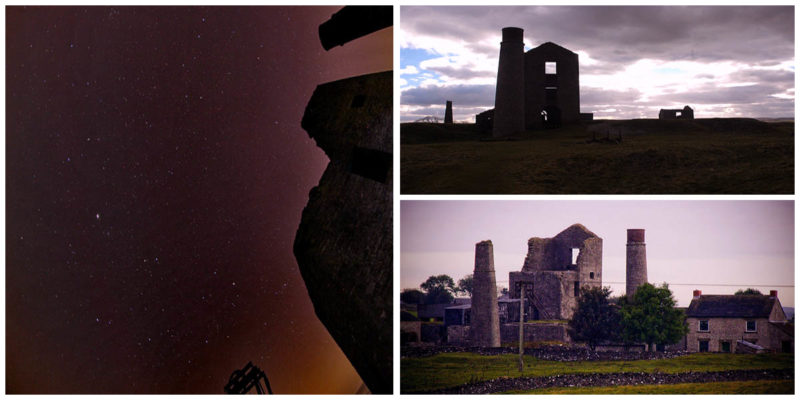It is known by the different stories that people tell about this place. Lead was extracted from three different veins at this mine in Derbyshire, England, for close to 300 years, and is one of the few remaining mines with parts of the buildings still standing to this day.
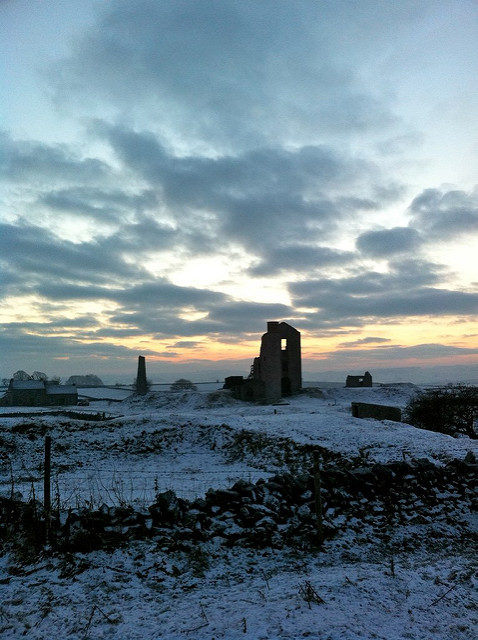
The Magpie Mine stands in the Peak District, close to the village Sheldon. One of the earliest works ever done in this mine dates back to 1740. It was one of several different mines that worked in this area, all struggling for their own piece of the same vein, something that proved to be a problem later on.
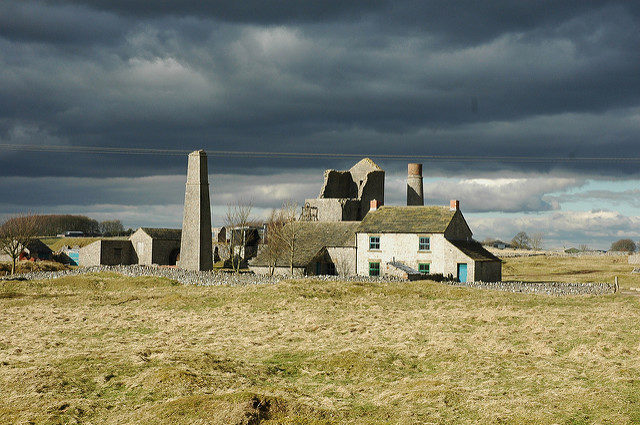
As the shafts were dug ever deeper, the working tunnels eventually ran below the water table. One of the challenges that the miners now faced with on daily basis was to stop the mines from flooding. To their rescue comes a new type of steam driven pumping machine that was placed at the main shaft and helped tremendously with the control of the water level.
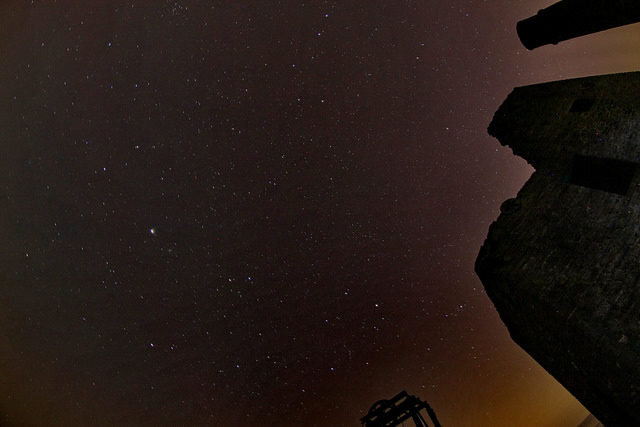
The overall production of the mine at one point reached 800 tons, an undisputed record until 1871. As mentioned earlier, the miners fought (literally) for the right to mine their fair share of lead.
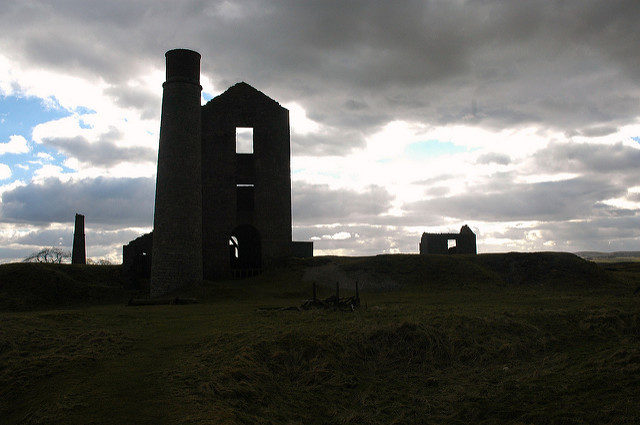
One of the notorious disputes that broke out was between the Magpie Mine and the nearby Red Soil Mine. These two mines both worked on the same Bole Vein. Unable to sort their quarrels and difference of opinion, the miners often resort to violence.
For example they sometimes would lit a fire underground to force the other miners out of the pits. These misunderstandings would last for years. But one day in 1833, things went too far. Some of the Magpie miners once more lit a fire and as a result three Red Soil miners suffocated due to the high concentration of smoke in the shafts. The aftermath of the whole process was that 24 miners from the Magpie mine were taken to court.
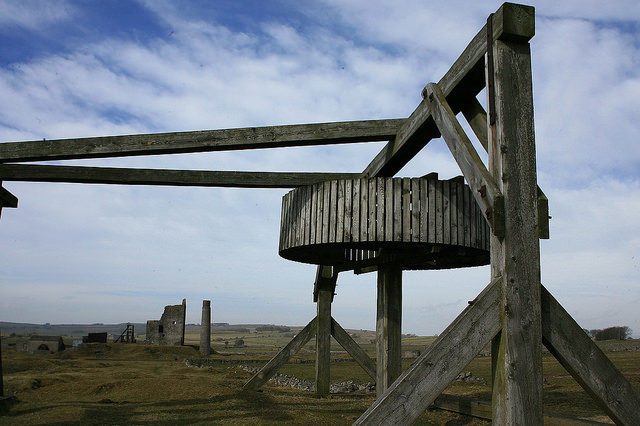
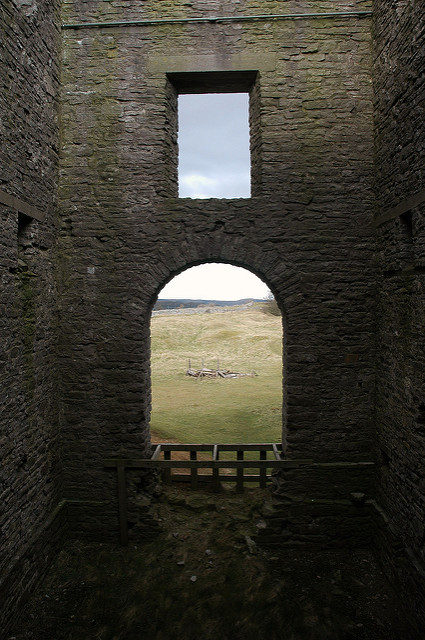
A number of them were freed almost instantly. The rest followed them a bit later, free of charge. The reason why no one was convicted was the lack of evidence which made it impossible to point to the real wrongdoer.
It was during this period, the story goes, when the widows of the dead miners put a curse on the mine. The disagreements got stronger and eventually destroyed the mine. It was closed in 1835. Some years later, John Taylor sought to once more put the Magpie Mine in working order.
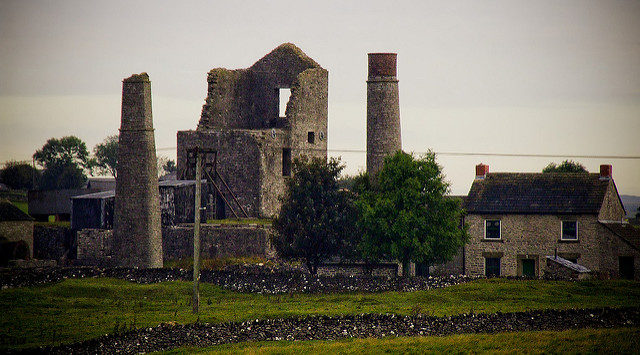
Thanks to this luminous engineer the mine was introduced to a number of novelties such as safety helmets, security fuse, working in shifts, a more reliable payment system and so on. All of these improvements to working conditions and safety attracted more and more miners.
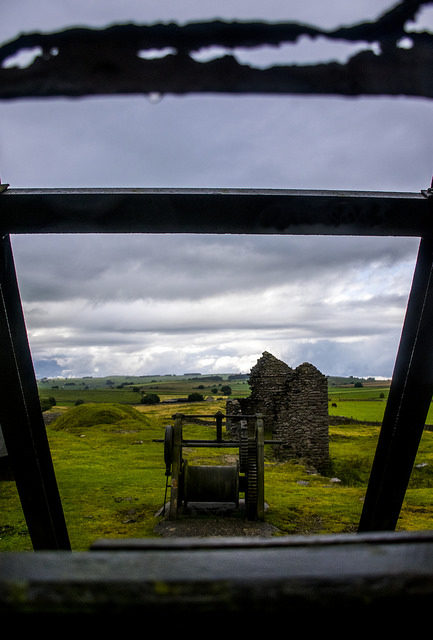
Later on the main shaft was further deepened and a new Cornish pumping engine was installed in 1868. However, when the price of lead dropped, the cost of pumping became unprofitable. The engine was replaced with a drainage tunnel (sough) that even to this day still drains out up to 6 million gallons of water every single day into the River Wye, one mile away.
The lead mining continued and a number of investors were attracted by the opportunities the mine offered. The mine was closed again in 1919 and once more opened in 1923, but failed nonetheless.
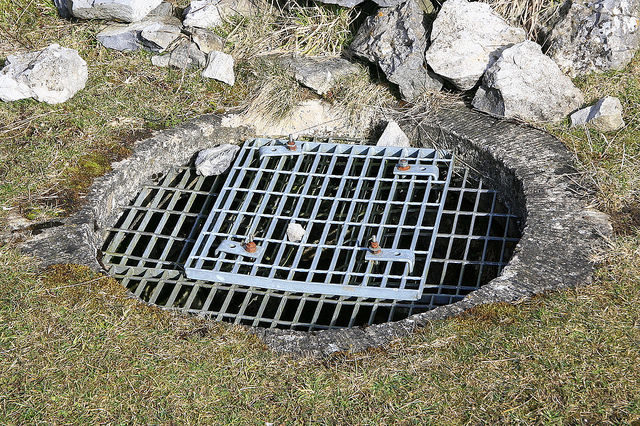
After the second world war, the mine was re-opened by Waihi Investment and Development Ltd. They worked at the mine, and used submersible pumps to fight the water table. But even they failed in their attempt to extract a satisfactory amount of lead. Once the price of the lead fell to all time low, the mine had no financial reason to work and was closed this time for good in 1954.
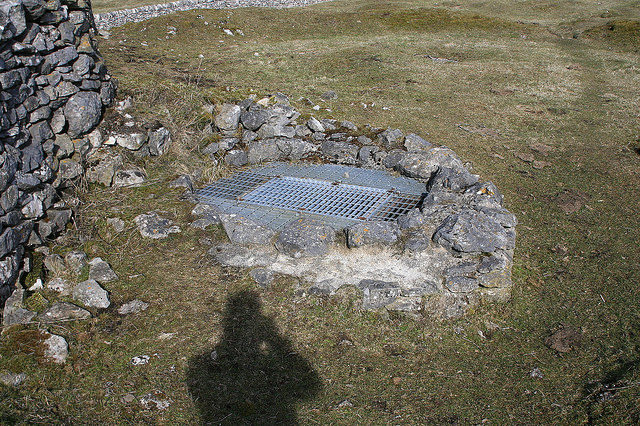
It is said the ghosts of those that died there still haunt the mine shafts. Some people even witness to have seen a ghost holding a candle that vanishes without a trace (just as any ghost would) and another one that stands upright on top of the water and does nothing but stare, to whom or what nobody dares to find out.

Locals still believe it is “the curse” that destroyed this mine. Curse of not, the remains of mine still stand to tell of those that took competitiveness to a whole different level.
